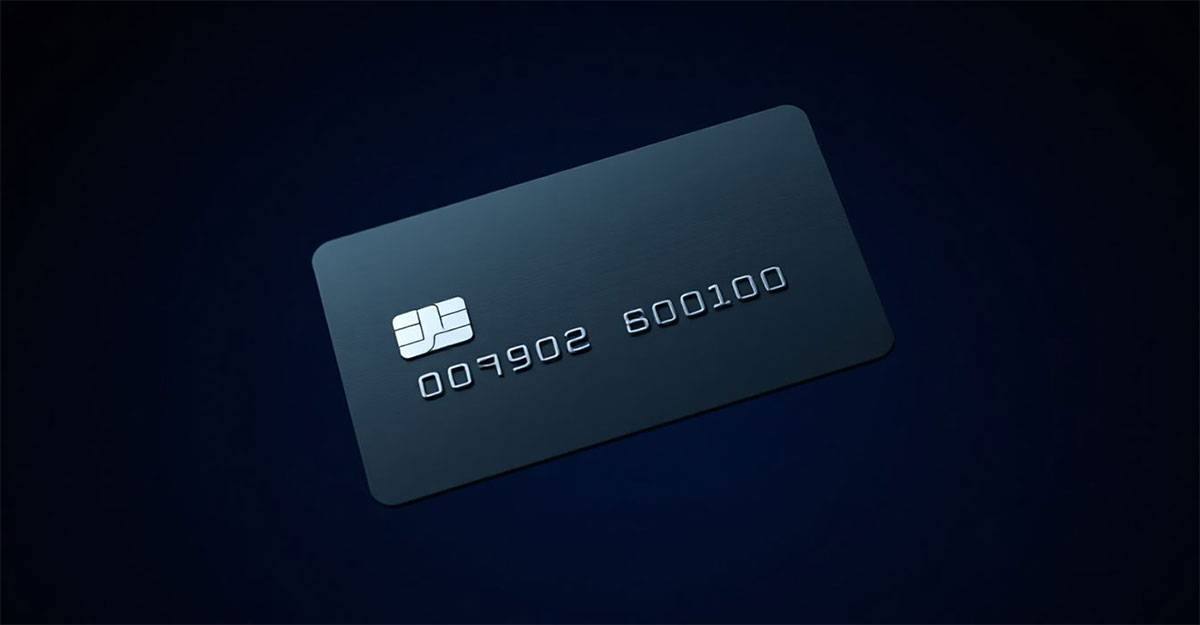The Definitive Guide to the Black Card Company: Unpacking Premium Rewards and Exclusive Access
Black cards spark envy and curiosity. They sit in slim wallets of the rich, promising perks that most folks can only dream about. These cards started as simple charge tools in the 1950s, but now they stand for top-tier status. Over time, banks turned them into keys for exclusive worlds.
This piece breaks down what black card companies offer. We look at who qualifies, the real perks, and if they pay off for wealthy users. You get facts on fees, rewards, and stories from users to see the true worth.
Understanding the Black Card Landscape
Black cards mark the peak of credit options. They go beyond gold or platinum cards with invite-only access. Banks keep details quiet, which adds to the buzz.
Defining the Ultra-Premium Card Tier
A black card isn’t just any card. It demands high spending and wealth to join. Unlike regular cards, you can’t apply. Banks watch your habits and send invites.
These cards build a sense of belonging for the elite. They offer tools for busy lives, not just flash.
Key Differentiators: Fees, Limits, and Issuers
Fees hit $500 or more each year. Some top $5,000. That’s steep, but perks offset it for many.
No set limits mean you spend big without worry. Pay in full monthly, like old charge cards.
Big names like American Express lead with their Centurion Card. Chase and Citi join in with their own black versions. Each targets global high rollers.
The History and Evolution of Prestige Cards
Charge blackcat company began in the mid-1900s. Diners Club kicked it off in 1950. Amex followed soon after.
At first, they served business folks who paid bills fast. No revolving credit, just status.
Now, they pack rewards and services. Tech lets banks track spending better. This shift makes them useful, not just showy.
Core Benefits and Unmatched Perks
Perks shine in travel and daily life. Black card holders get help that saves time and cash. You feel the value on trips or at events.
Elite Travel Privileges
Travel perks draw most users. They cut stress from flights and stays. Think smooth check-ins and comfy waits.
Airport Lounge Access and Concierge Services
Enter lounges like Centurion spots from Amex. Priority Pass opens hundreds worldwide. Sip free drinks while others rush.
Concierge works around the clock. Book a table at a hot spot. Or score tickets to a game last minute. They handle odd asks, like finding rare gifts.
These services beat apps or calls. A helper plans your whole trip.
Premium Status and Upgrades
Get top status with airlines like Delta or United. No need for miles; the card grants it.
Hotels like Hilton or Marriott bump you to elite levels. Enjoy free upgrades to suites. Early check-ins save your day.
This status adds up. One upgrade might cover the fee alone.
Exclusive Access and Lifestyle Experiences
Some perks buy what cash can’t. Access feels special and rare.
Invitation-Only Events and Curated Access
Join private shows or dinners. Cards open doors to sold-out plays. Or meet stars at VIP parties.
Pre-sale tickets come easy. Sports fans grab seats before crowds.
These moments build memories. They turn a card into a lifestyle pass.
The Economics of Ownership: Fees, Requirements, and ROI
Costs run high, but smart users gain back more. Weigh needs against spends. It fits lifestyles of the affluent.
Stringent Eligibility Criteria
Banks want proof of wealth. Think $1 million in assets or $250,000 yearly income. They check spending too.
Invites come after big use of other cards. No public rules, but patterns show.
Net worth matters. Most holders top $10 million. It keeps the club small.
Annual Fees vs. Earned Value
Fees start at $495 but climb to $5,000. Amex Centurion asks $5,000 plus a $10,000 initiation fee.
Perks credit back value. Travel rebates hit thousands. Insurance covers trips fully.
One user saved $2,000 on flights last year. Credits for Uber or streaming add up quick.
Rewards Structures and Earning Potential
Earn points on every buy. Rates hit 5x on flights, 3x on eats.
Cash back options exist too. But points flex better for big redemptions.
Mix categories smart. Daily spends build fast.
Transfer Partners and Redemption Flexibility
Send points to airlines like British Airways. Get 1.5 cents per point or more.
Hotels like Hyatt join the list. Book free nights at high-end spots.
Flex lets you pick best value. A flight to Europe might cost less than cash.
Real-World Application and Cardholder Testimonials
Users share how cards change routines. Business trips turn easy. Personal time gets richer.
Case Study: Maximizing the Black Card for Business Travel
Take Sarah, a tech exec who flies weekly. Her black card from Chase covers lounge time. She skips lines and works in peace.
Insurance paid for a lost bag once. Saved $1,500. Elite status got her first-class upgrades.
She hit the $550 fee back three times over. Lounges alone cut hotel needs.
Expert Opinion on Long-Term Value Proposition
Finance writer Clark Howard says perks beat fees for travelers. “If you fly often, it’s a no-brainer.”
Travel pro Peter Greenberg notes competition grows. New cards match perks cheaper. But black ones keep the edge in service.
Experts agree: Use it or lose out. Idle cards waste cash.
Conclusion: Is the Black Card Worth the Investment?
Black cards suit those who travel and spend big. You must use lounges, status, and events to offset fees. Otherwise, stick to basics.
This card opens doors beyond money. Concierge and access create ease and joy.
As banks add tech, expect more perks. Digital wallets might blend with black card magic. If it fits your life, grab the invite. Check your spending now—could an elite card wait for you?



